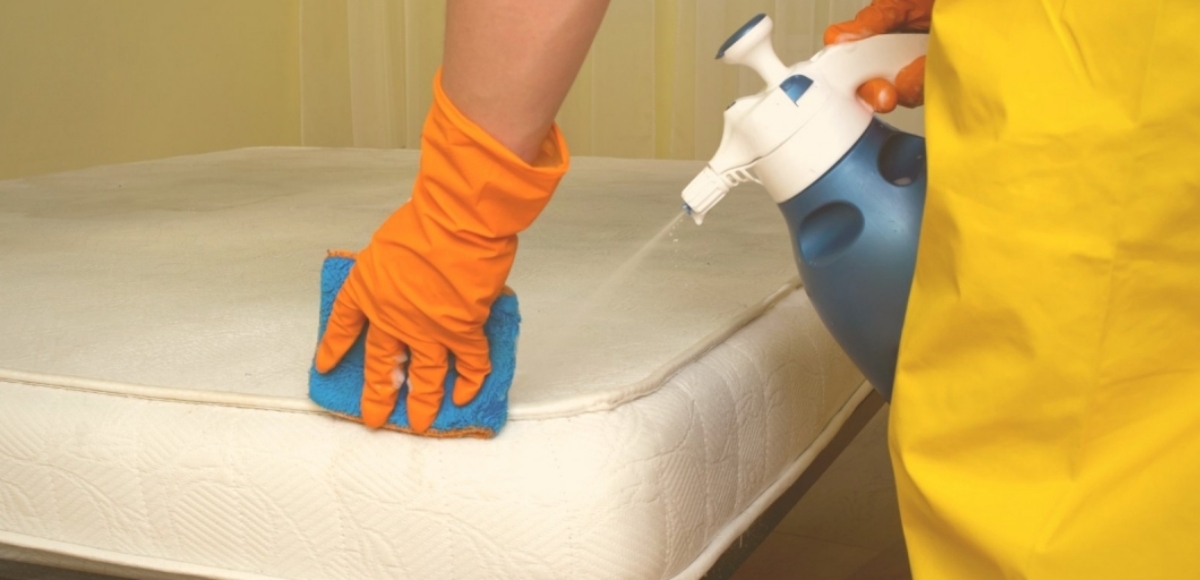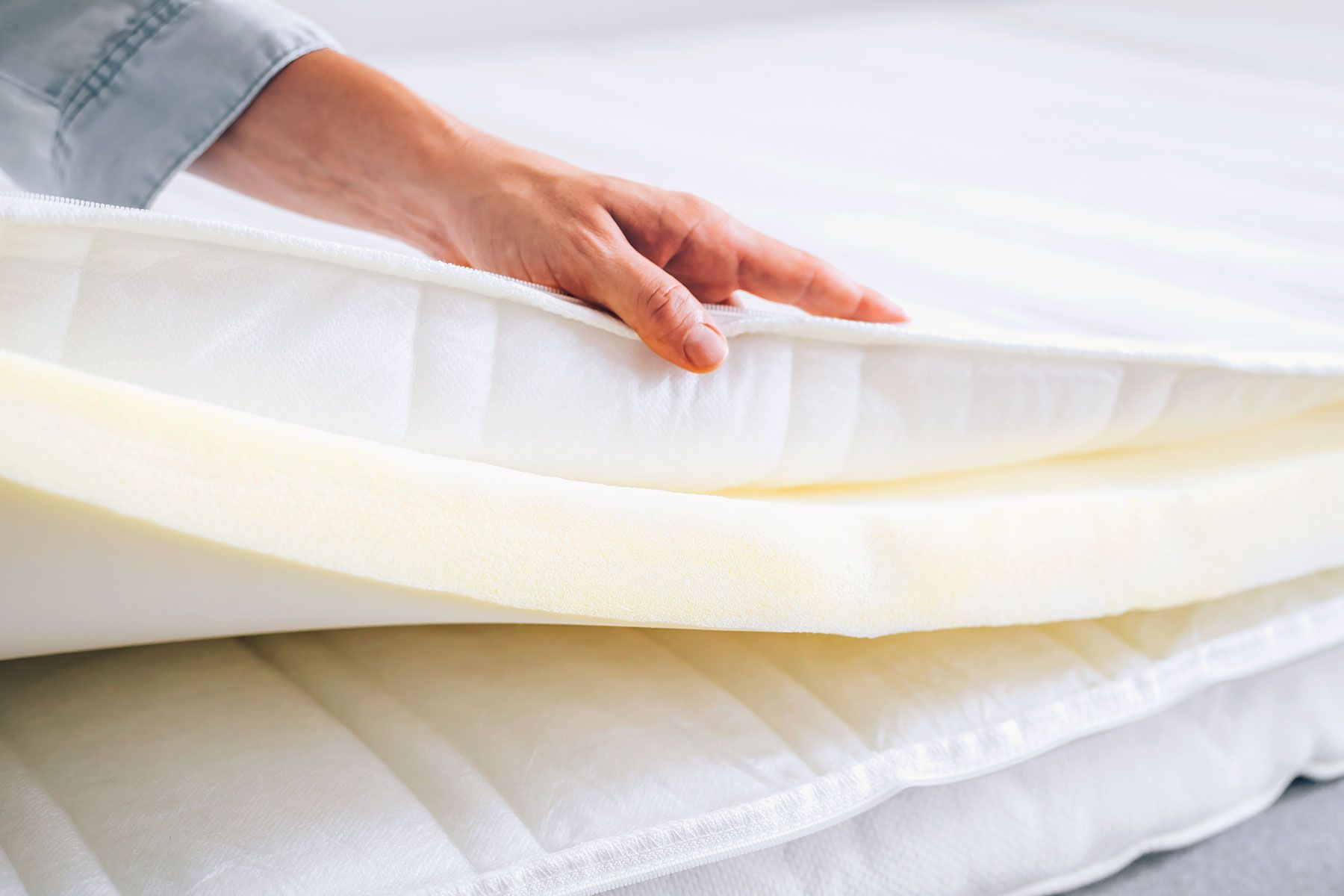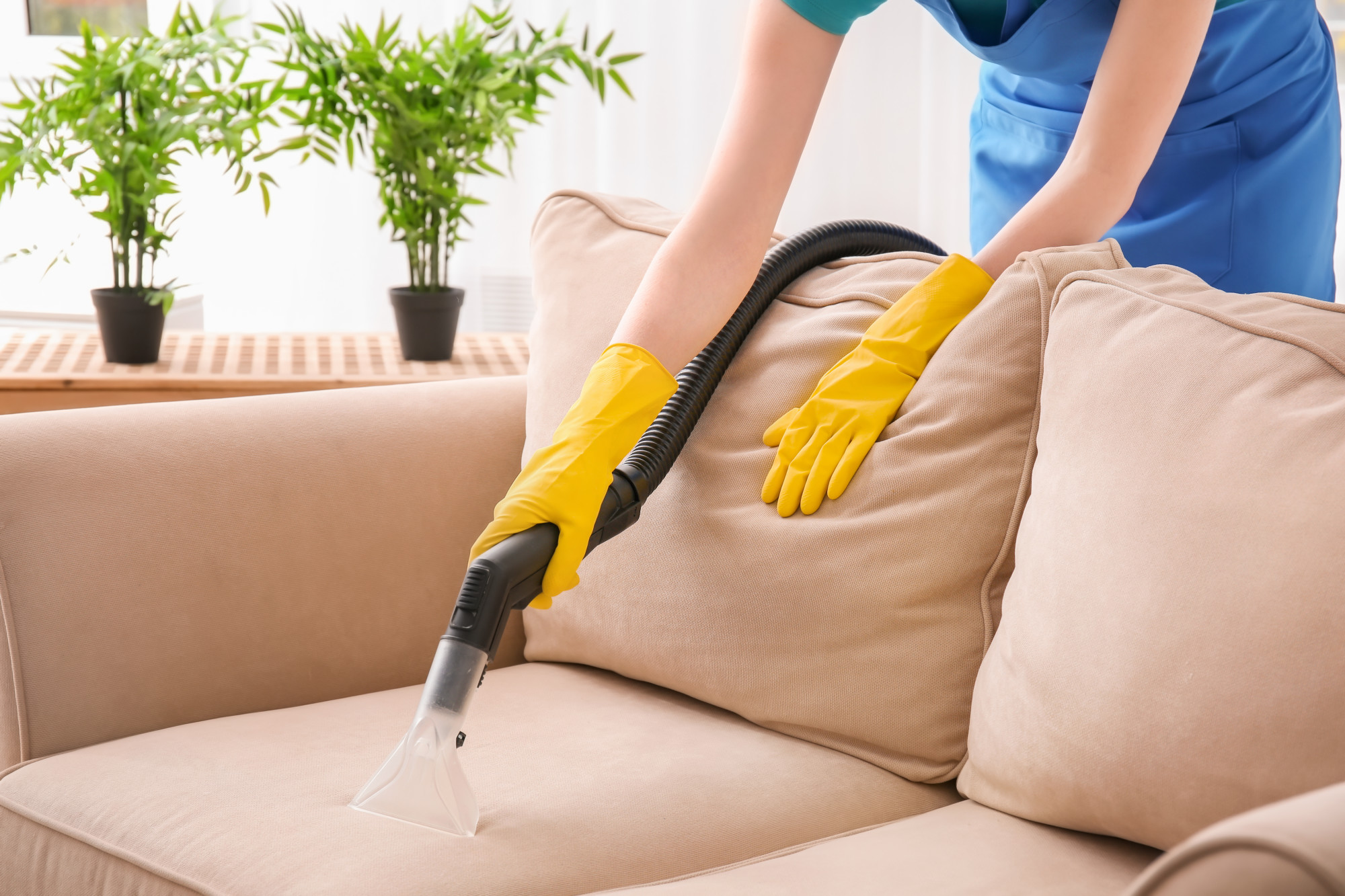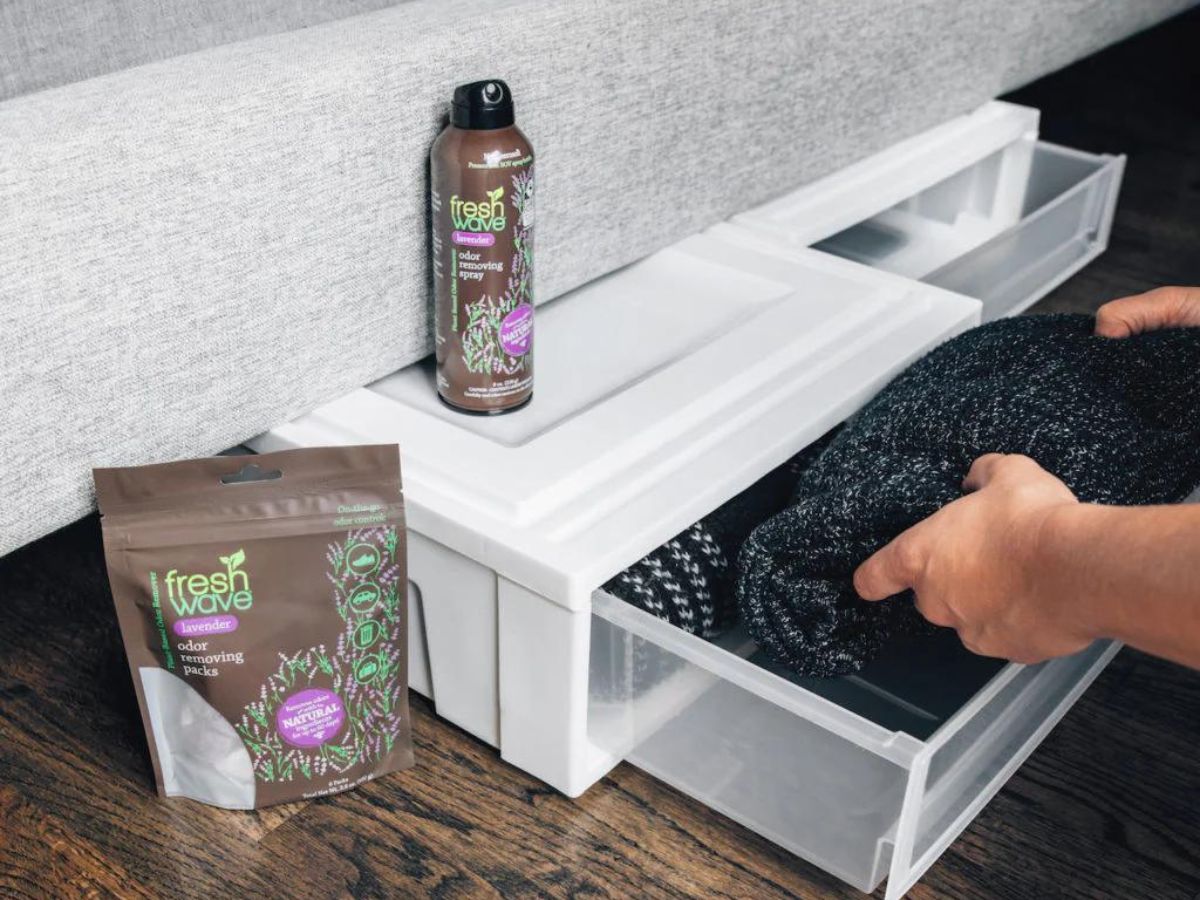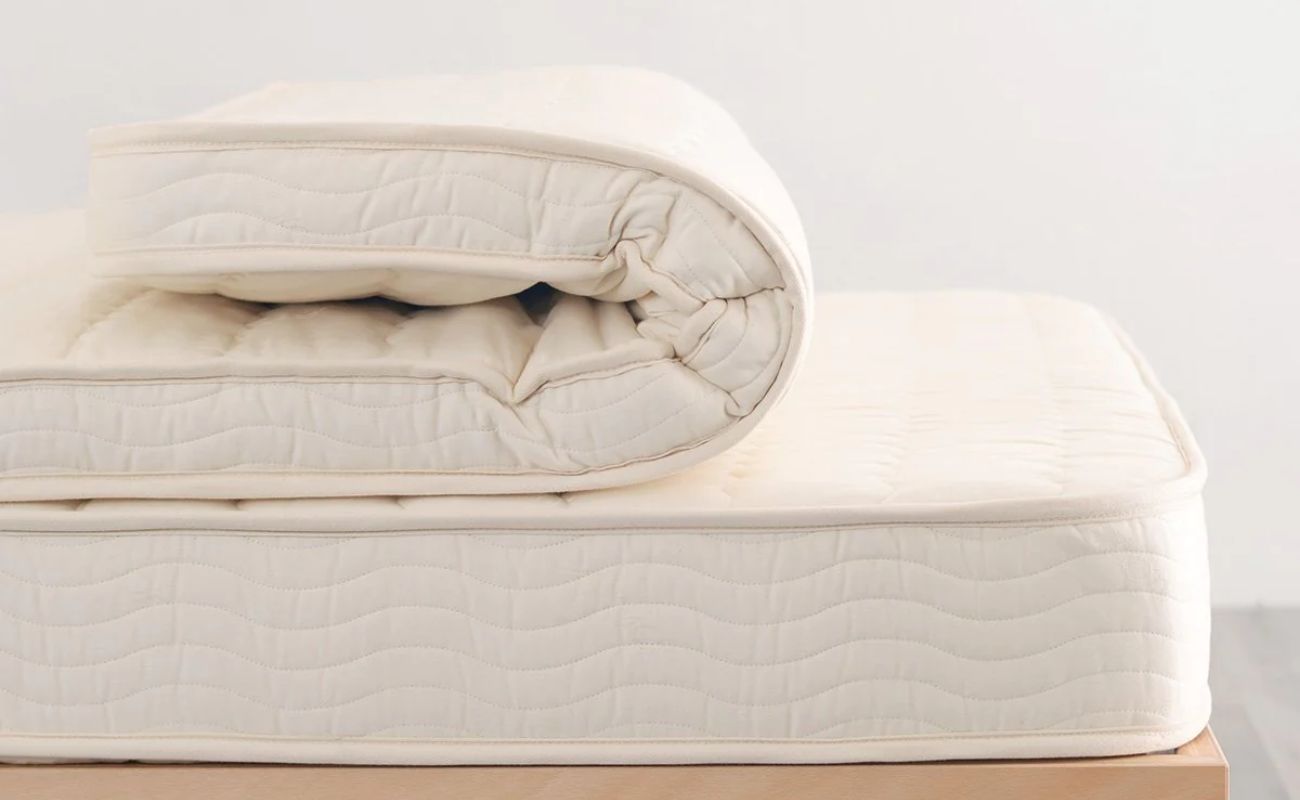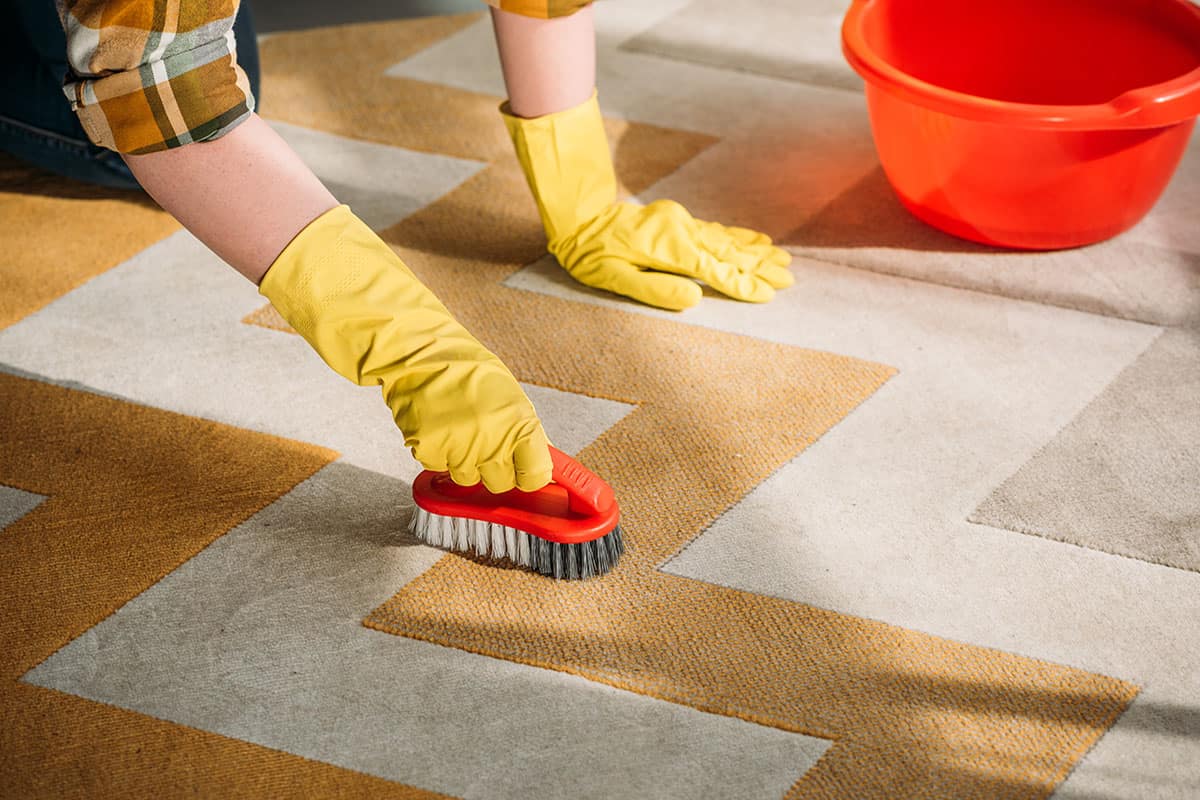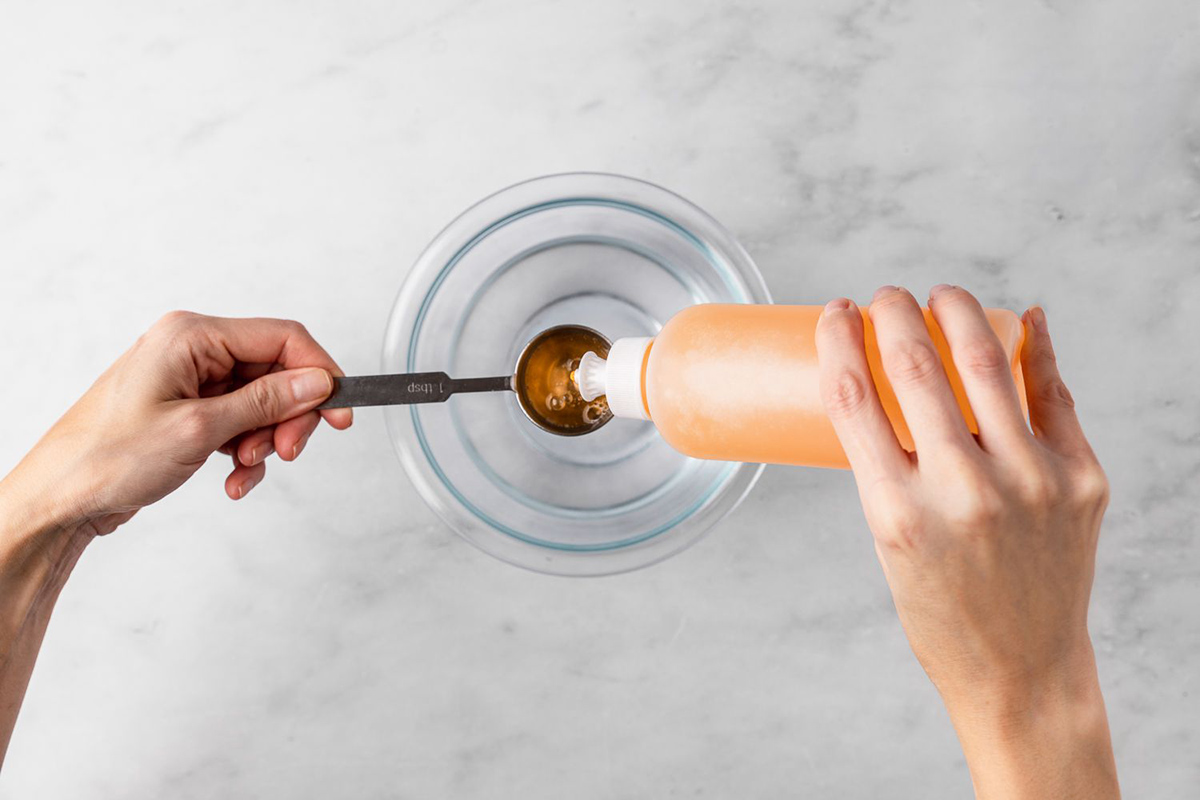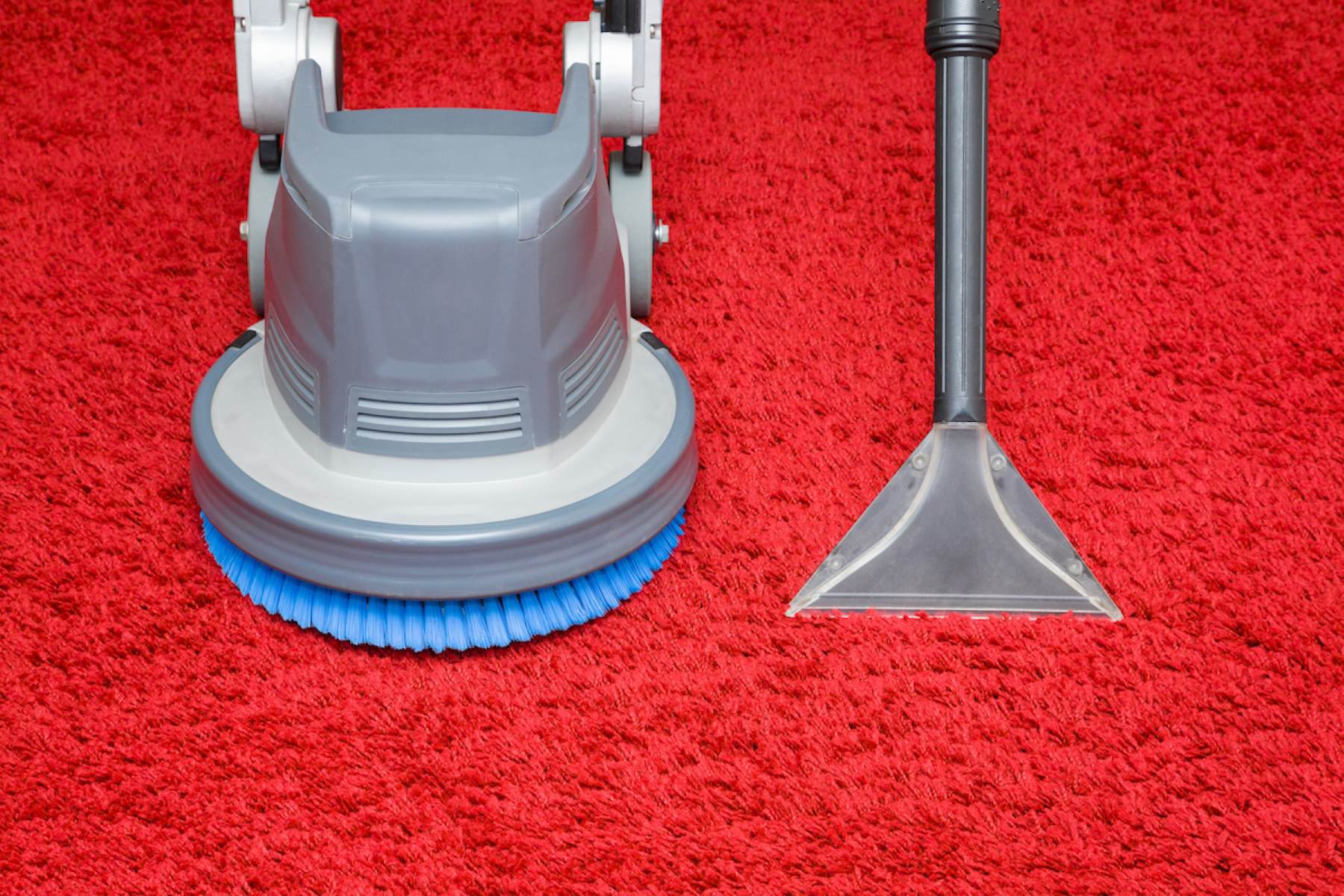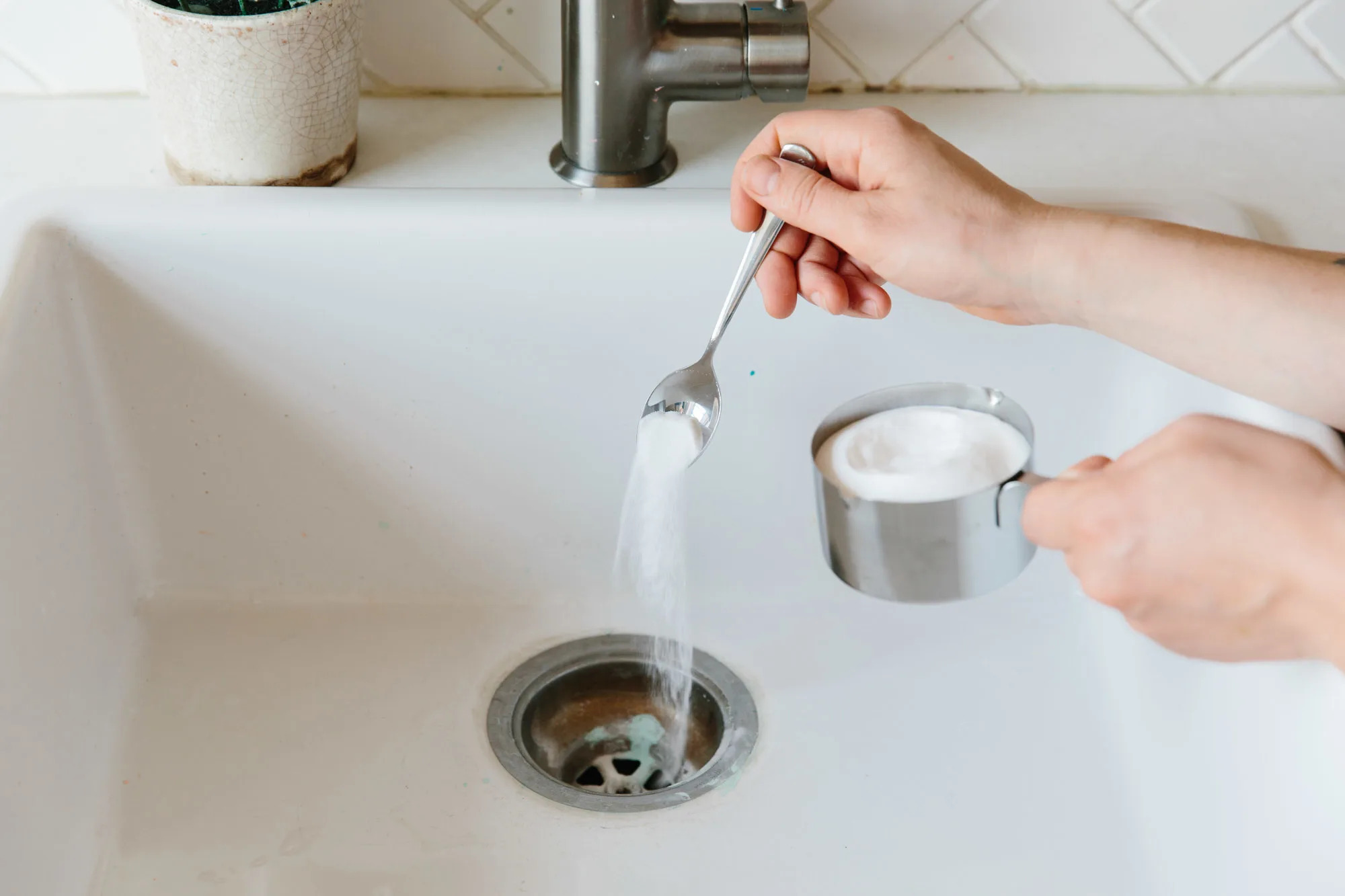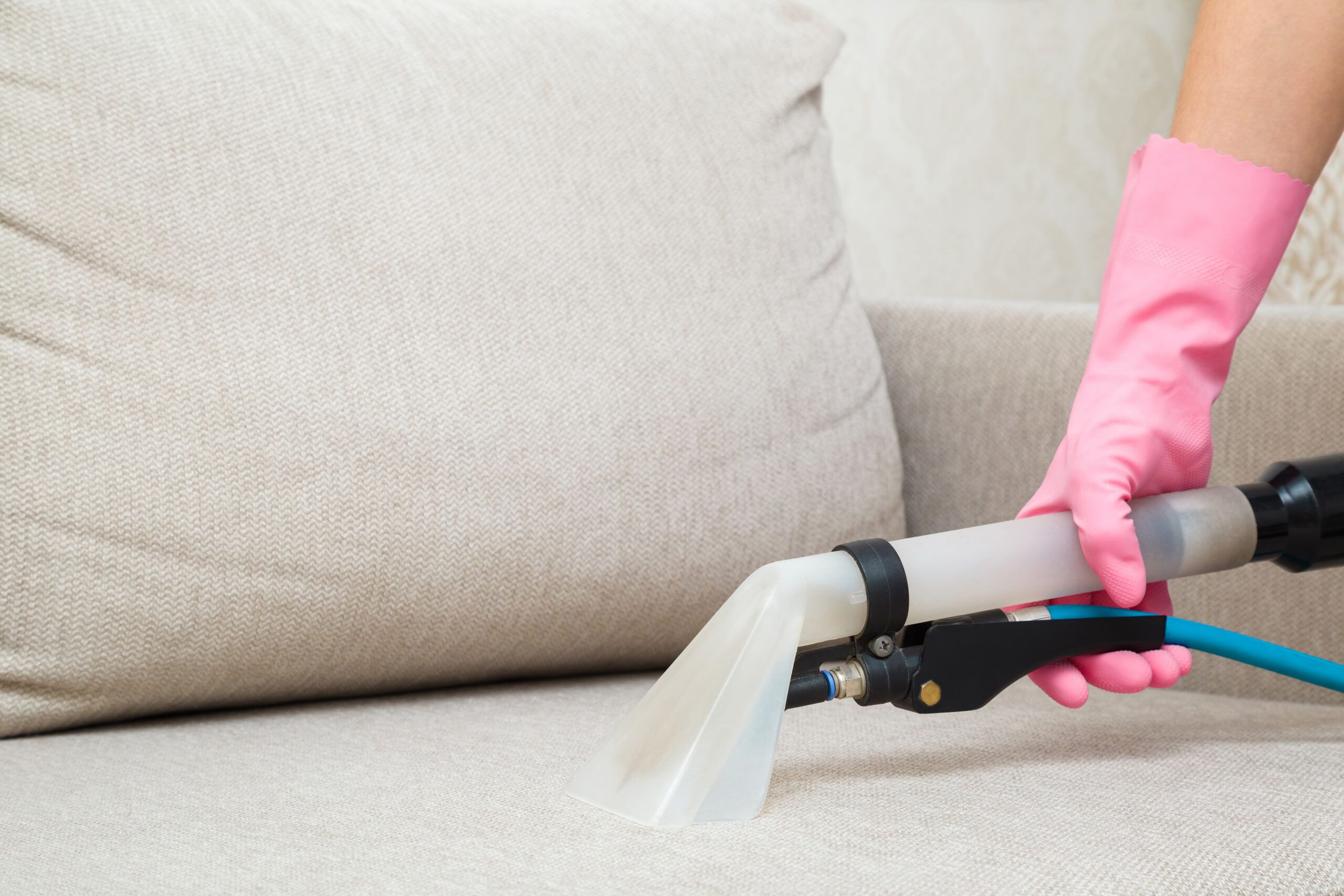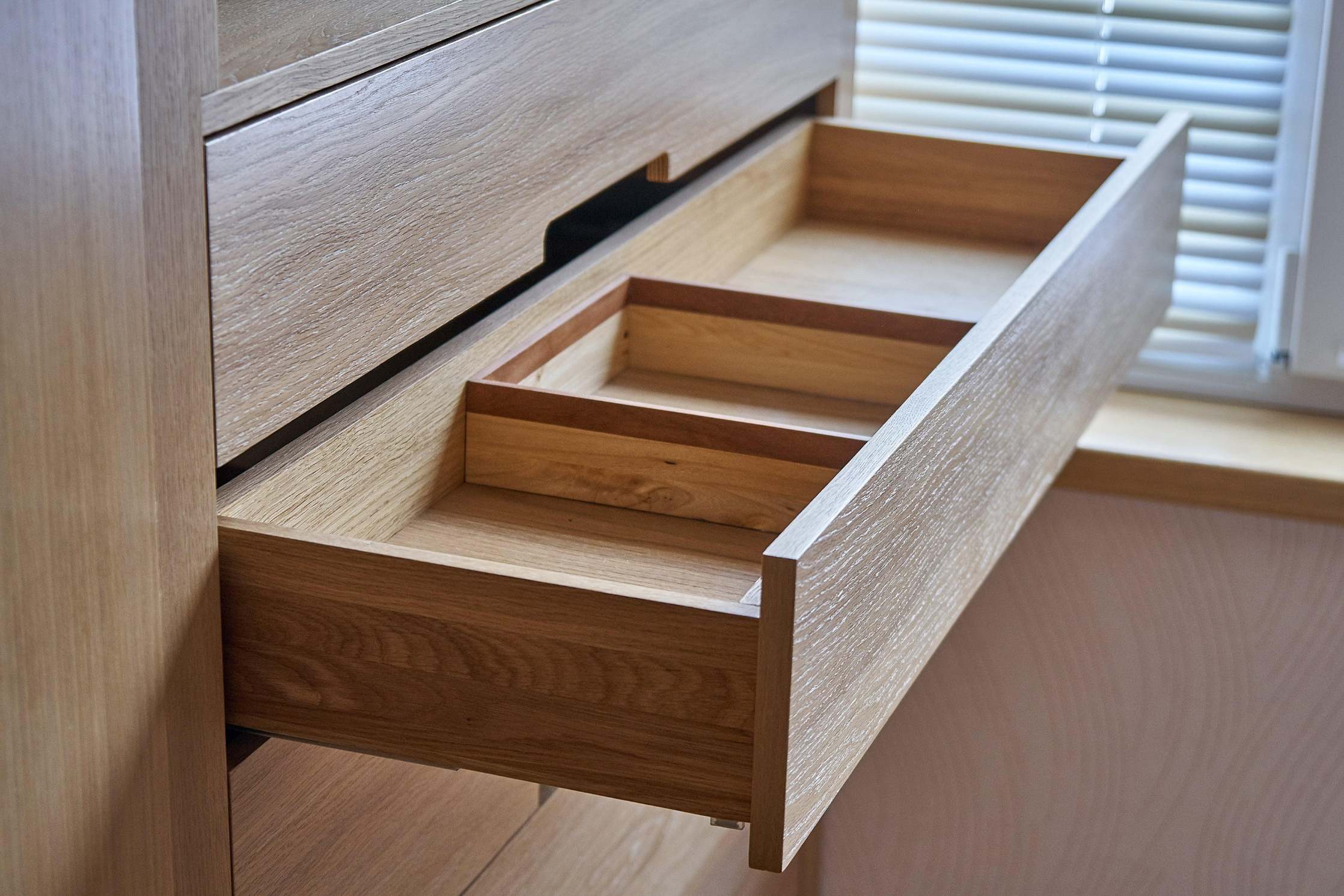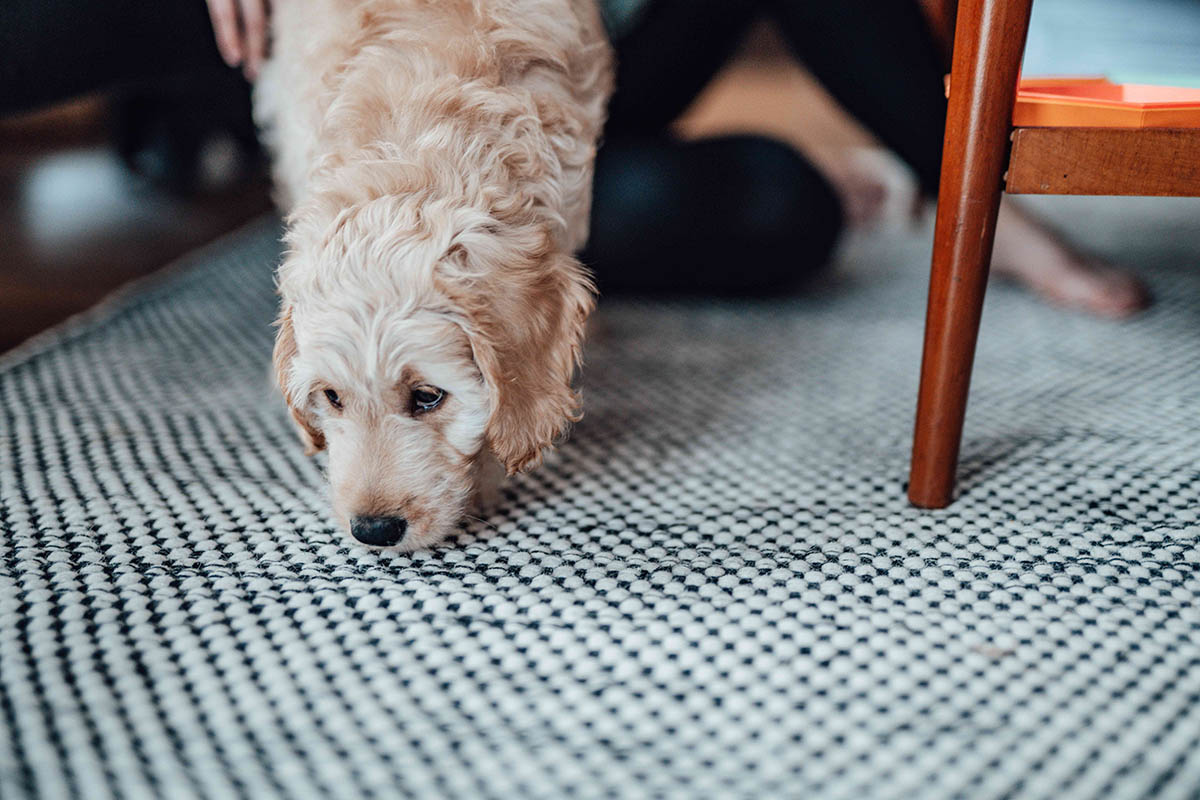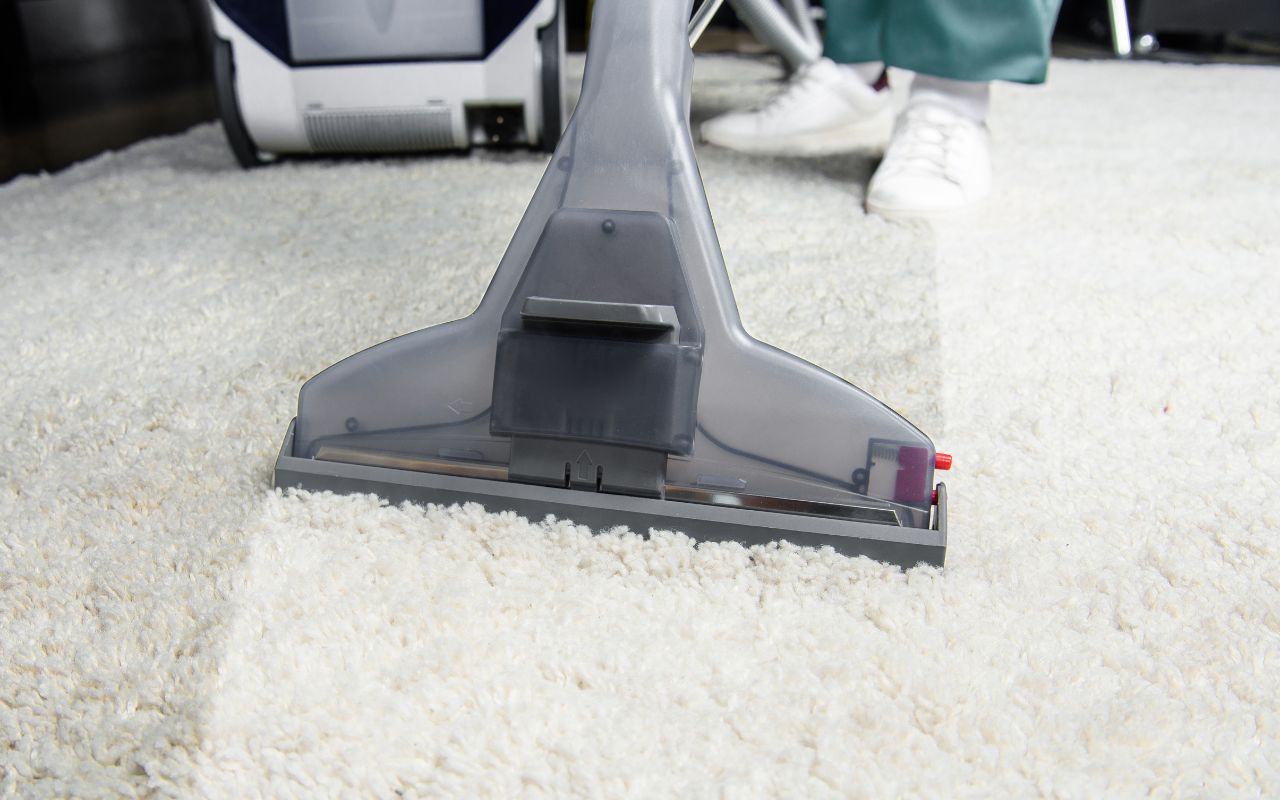Home>Furniture>Bedroom Furniture>How To Get Milk Smell Out Of A Mattress
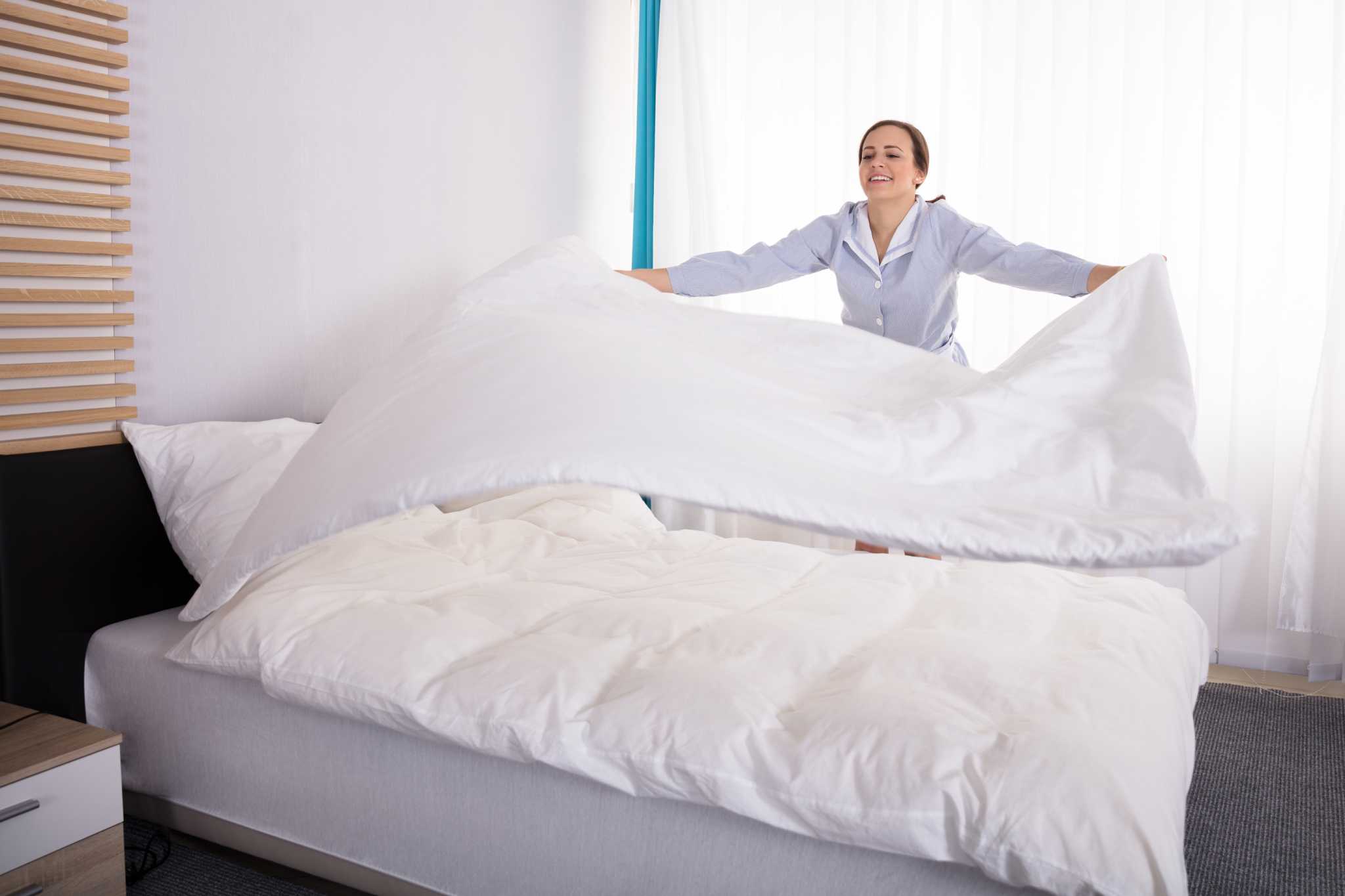

Bedroom Furniture
How To Get Milk Smell Out Of A Mattress
Modified: February 25, 2024
Learn how to effectively remove the unpleasant milk smell from your mattress with our simple bedroom-furniture cleaning tips. Say goodbye to that unwanted odor today!
(Many of the links in this article redirect to a specific reviewed product. Your purchase of these products through affiliate links helps to generate commission for Storables.com, at no extra cost. Learn more)
Introduction
Welcome to our comprehensive guide on how to get the milk smell out of a mattress. Whether you’ve had an accidental spill or your little one decided to use your bed as a canvas for their milk artistry, dealing with the lingering smell can be quite unpleasant. Not to worry, though, as we have the expertise to help you tackle this issue effectively.
Milk spills on a mattress can not only leave behind unsightly stains but also create a pungent odor if not addressed promptly. This can be particularly problematic for individuals with allergies or sensitivities. Fortunately, with the right techniques and a little elbow grease, you can successfully remove the milk stains and eliminate the unpleasant smell.
Before we dive into the step-by-step process of removing the milk smell, it’s essential to understand the cause of the odor and assess the severity of the issue. This understanding will help you determine the most appropriate course of action and ensure successful results.
So, without further ado, let’s get started on banishing that milk smell from your mattress and restoring its freshness and comfort. Say goodbye to lingering odors and enjoy a clean and inviting sleep environment once again.
Key Takeaways:
- Say goodbye to lingering milk odors on your mattress by understanding the cause of the smell and employing specific techniques to remove fresh and set-in stains, deodorize the mattress, and prevent future spills.
- Act promptly to remove milk stains and odors from your mattress using simple yet effective methods, such as blotting, using natural cleaning solutions, and deodorizing with baking soda. Prevention is key to maintaining a fresh sleep environment.
Read more: How To Get Milk Out Of A Mattress
Understanding the Cause of the Milk Smell
Before we delve into the methods of removing the milk smell from your mattress, it’s important to understand why milk spills can create such a strong and persistent odor. When milk is left untreated on a surface, it can sour and begin to decompose. This decomposition process releases various organic compounds, such as lactic acid and butyric acid, which contribute to the unpleasant smell.
Furthermore, milk contains fats and proteins that can become rancid if not cleaned promptly. These rancid molecules have a distinct and lingering odor that can permeate your mattress fibers and linger even after the visible stains have been removed.
The type of mattress you have may also affect how the milk smell develops and lingers. Memory foam mattresses, for example, are known for their ability to trap odors. The porous nature of memory foam allows the milk to seep deep into the layers, making it more challenging to eliminate the smell completely.
Now that we have a better understanding of why milk spills can create such a potent odor, let’s move on to assessing the severity of the milk smell on your mattress. Understanding the extent of the issue will help us determine the most effective cleaning techniques to employ.
Assessing the Severity of the Milk Odor
When it comes to removing the milk smell from your mattress, it’s essential to assess the severity of the odor and the extent of the milk stain. This will help you determine the appropriate course of action and select the most effective cleaning methods.
Start by examining the affected area of your mattress. Is the smell localized to a specific spot, or is it spread across a larger area? Take note of any visible milk stains and the intensity of the odor. If the milk spill is recent, you may only be dealing with a surface-level issue. However, if the spill has been left unattended for a while, it may have soaked deeper into the mattress layers, making the odor more challenging to eliminate.
Next, consider the type of mattress you have. Different materials have different properties and may require specific cleaning approaches. For example, memory foam mattresses are more prone to trapping odors and may require more thorough cleaning techniques compared to other mattress types.
Another factor to consider is the duration of the milk spill. If a spill is left untouched for a longer period, bacteria and mold may begin to grow, exacerbating the odor and potentially posing health risks.
Lastly, consider any previous attempts you may have made to remove the milk smell. If you’ve already tried and failed with certain cleaning methods, it’s important to reassess your approach and explore alternative strategies.
By carefully assessing the severity of the milk odor, you can tailor your cleaning efforts to effectively address the issue. Whether you’re dealing with a minor surface-level smell or a deeper, more persistent odor, understanding the extent of the problem will guide you in selecting the appropriate cleaning techniques. Now, let’s move on to the next step: removing fresh milk stains from the mattress.
Removing Fresh Milk Stains from the Mattress
If you’ve recently had a milk spill on your mattress, it’s crucial to act quickly to prevent the stain from setting and the odor from developing. Follow these steps to effectively remove fresh milk stains:
- Blot the Spill: Start by using a clean cloth or paper towels to gently blot the milk spill. Avoid rubbing the stain, as this can spread the milk and make the stain worse. Blotting helps to absorb as much of the liquid as possible.
- Mix a Cleaning Solution: In a spray bottle, mix equal parts of distilled white vinegar and cool water. Vinegar is a natural cleaning agent and can help break down the milk proteins and eliminate the odor.
- Spray and Blot: Spray the cleaning solution onto the milk stain without saturating the mattress. Use a clean cloth or sponge to gently blot the area. Continue to blot until the stain starts to lift. Avoid excessive rubbing, as it can damage the mattress fibers.
- Rinse with Water: Dampen a clean cloth with plain cold water and gently blot the area to rinse off the vinegar solution.
- Air Dry: Allow the mattress to air dry completely before putting any bedding or covers back on. If possible, open windows or use a fan to facilitate the drying process.
It’s important to note that these steps are most effective for fresh milk stains. If the milk has dried or the stain is older, you may need to employ additional techniques to fully remove the discoloration and odor. Let’s move on to the next step to address set-in milk stains on the mattress.
Absorbing Excess Milk from the Mattress
If you’re dealing with a milk spill that has already soaked into your mattress, it’s crucial to start by absorbing as much excess liquid as possible. Follow these steps to effectively remove the milk from your mattress:
- Act Quickly: As soon as you discover the milk spill, grab a clean cloth or paper towels and gently press them onto the affected area. This will help to absorb the excess milk before it seeps deeper into the mattress.
- Apply Pressure: Once you’ve absorbed as much milk as possible with the cloth or paper towels, apply gentle pressure to the area using your hands or by placing a heavy object on top. This will help to squeeze out any remaining milk from the mattress.
- Alternate with Clean Cloth: Continue to alternate between using a cloth to absorb the milk and applying pressure to extract more liquid. Be sure to use clean cloths or paper towels to prevent spreading any bacteria or milk residue.
- Use Baking Soda: After you’ve removed as much excess milk as possible, sprinkle a generous amount of baking soda over the affected area. Baking soda is known for its absorbent qualities and can help to draw out any remaining moisture and odor. Leave the baking soda on the mattress for several hours or overnight to allow it to work its magic.
- Vacuum the Baking Soda: Once the baking soda has had time to absorb the moisture and odor, use a vacuum cleaner with a brush attachment to gently remove it from the mattress. Vacuuming will also help to lift any remaining milk residue and freshen up the mattress surface.
By following these steps, you can effectively absorb excess milk from your mattress and minimize the risk of the odor setting in. However, keep in mind that this method is most effective for fresh spills. If the milk has already dried or the odor persists, continue reading for steps on treating set-in milk stains.
To get milk smell out of a mattress, sprinkle baking soda on the affected area, let it sit for 15-20 minutes, then vacuum it up. Repeat if necessary.
Read more: How To Get Dried Milk Out Of A Mattress
Treating Set-In Milk Stains on the Mattress
If you’re dealing with set-in milk stains on your mattress, don’t worry – there are still effective methods to treat and minimize their appearance. Follow these steps to tackle set-in milk stains:
- Create a Stain Removal Solution: In a bowl, mix together equal parts hydrogen peroxide and liquid dish soap. You can also add a small amount of baking soda to boost the stain-fighting power of the solution.
- Dampen a cloth: Dip a clean cloth into the stain removal solution and gently blot the set-in milk stain. Make sure to avoid saturating the mattress with the solution, as excessive moisture can lead to mold or mildew growth.
- Blot and Patience: Continue blotting the stain with the solution, applying gentle pressure, and allowing it to penetrate the stain. Give the solution some time to break down the milk proteins embedded in the mattress fabric. Patience is key for successful stain removal.
- Rinse with Water: Dampen a separate clean cloth with plain cold water and gently blot the area to rinse off any residue from the stain removal solution.
- Dry Thoroughly: Allow the mattress to air dry completely before putting any bedding or covers back on. Ensuring that all moisture is evaporated will help prevent any potential mold or mildew growth.
It’s important to note that older set-in milk stains may require multiple attempts to completely eliminate them. Be patient and persistent in your stain removal efforts, reapplying the solution as needed and allowing it enough time to work its magic.
Now that we’ve addressed the set-in milk stains on your mattress, the next step is to deodorize the mattress to eliminate any lingering milk odor. Continue reading to discover effective deodorizing methods.
Deodorizing the Mattress to Eliminate Milk Odor
After successfully removing the milk stains from your mattress, it’s time to tackle the lingering odor. Follow these steps to deodorize your mattress and eliminate the milk smell:
- Sprinkle Baking Soda: Generously sprinkle baking soda over the entire surface of the mattress. Baking soda is a powerful odor absorber and will help neutralize the milk smell.
- Gently Rub the Baking Soda: Using a clean cloth or a soft brush, gently rub the baking soda into the mattress fabric. This will help the baking soda penetrate deeper and maximize its deodorizing effect.
- Leave Overnight: Allow the baking soda to sit on the mattress overnight. This will give it ample time to absorb the milk odor.
- Vacuum Thoroughly: The next day, use a vacuum cleaner with a brush attachment to thoroughly remove the baking soda from the mattress. Ensure you vacuum all sides of the mattress, paying extra attention to the areas where the milk spill occurred.
- Air Out the Mattress: If possible, place the mattress in a well-ventilated area or near an open window to air out for a few hours. Fresh air will help eliminate any remaining odors.
- Use Fabric Freshener: To further freshen up your mattress, you can spray a fabric freshener specifically designed for upholstery or mattresses. Follow the instructions on the product and apply it sparingly.
By following these deodorizing steps, you can effectively eliminate the milk odor from your mattress, leaving it smelling fresh and clean. However, it’s important to note that in some cases, especially if the milk spill was severe or left unattended for a long time, professional cleaning or mattress sanitizing services may be necessary.
Now, let’s move on to the final step: preventing future milk spills and odors on your mattress.
Preventing Future Milk Spills and Odor on the Mattress
Now that you’ve successfully removed the milk stains and odor from your mattress, it’s essential to take precautions to prevent future spills and ensure the longevity of your mattress. Here are some tips to help you prevent milk spills and odor on your mattress:
- Use spill-proof cups: When giving your child or yourself a glass of milk in bed, opt for spill-proof cups or containers. This can significantly reduce the chances of accidental spills.
- Set clear rules: If you have kids who enjoy snacking or drinking in bed, establish clear rules about the appropriate areas for consuming food and drinks. Encourage them to use the kitchen or dining area instead of risking spills on the mattress.
- Protect your mattress: Invest in a waterproof mattress protector or mattress pad. These protective layers will act as a barrier, preventing liquids from seeping into the mattress in case of spills.
- Address spills promptly: If a milk spill does occur, promptly attend to it. Blot the liquid immediately and follow the cleaning steps mentioned earlier in this guide to prevent stains and odors from setting in.
- Clean regularly: Make it a habit to clean your mattress regularly. This includes vacuuming the surface to remove dust, hair, and debris, and treating any stains or odors promptly to prevent them from becoming stubborn and deeply embedded in the fabric.
- Rotate and flip your mattress: Regularly rotating and flipping your mattress can help distribute weight and prevent excessive wear and tear in specific areas, including those prone to spills. This can extend the lifespan of your mattress and minimize the risk of developing odors.
By following these preventative measures, you can minimize the chances of milk spills and odors on your mattress, keeping it clean and fresh for years to come. Remember, prevention is always better than dealing with the aftermath of spills and odors.
Now that you’re armed with the knowledge and techniques to remove milk stains and odors, as well as prevent future incidents, you can enjoy a clean and odor-free sleep environment. Sweet dreams!
Conclusion
A milk spill on your mattress doesn’t have to be a nightmare. With the right knowledge and techniques, you can effectively remove milk stains and eliminate the unpleasant odor, restoring your mattress to its clean and fresh state.
Understanding the cause of the milk smell and assessing the severity of the issue are crucial first steps. Whether you’re dealing with fresh spills or set-in stains, there are specific methods to address each situation.
By promptly removing fresh milk stains and absorbing excess milk from the mattress, you can prevent the odor from permeating further. Treating set-in milk stains requires persistence and the use of stain removal solutions to break down the proteins embedded in the mattress fabric.
After successfully removing the stains, deodorizing the mattress with baking soda can eliminate any lingering milk odors. Regular cleaning and preventative measures, such as using spill-proof cups and mattress protectors, can help prevent future spills and maintain the cleanliness of your mattress.
Remember, prevention and immediate action are key to minimizing the impact of milk spills on your mattress. By implementing these techniques and incorporating regular maintenance, you can enjoy a fresh and odor-free sleep environment for years to come.
So don’t fret if you have a milk spill on your mattress. Armed with the information in this guide, you have all the tools needed to effectively remove stains, eliminate odors, and prevent future incidents. Sleep tight, knowing your mattress is clean, fresh, and ready to provide you with a peaceful night’s rest.
Frequently Asked Questions about How To Get Milk Smell Out Of A Mattress
Was this page helpful?
At Storables.com, we guarantee accurate and reliable information. Our content, validated by Expert Board Contributors, is crafted following stringent Editorial Policies. We're committed to providing you with well-researched, expert-backed insights for all your informational needs.
